Butterfly Plants
Here are some of our favorite and best butterfly plants.
Butterfly Plants
These are some of the butterfly plants you will find in the Indoor 4-H Children's Garden. These are also the plants that you can transplant to take home and grow in your garden to attract butterflies.
Geranium

Fun Facts
Geraniums are easy to grow, hardy and reliable. Their showy flowers come in red, white and pink. Along with lovely bright flowers, many Geraniums also have interesting scents. Their leaves can smell like peppermint, lemon, rose and pineapple. Gardeners love Geraniums and so do butterflies!
Care and Feeding
Plant your Geranium outside after all danger of frost has passed, around Mother's Day. They like a bright sunny spot in the garden with well drained soil, soil that does not hold a puddle after a good rain. Water your Geranium once a week if the soil is dry. To keep your Geranium blooming nicely all summer, remove any dead/faded flowers. And watch the butterflies flock around!
Pentas
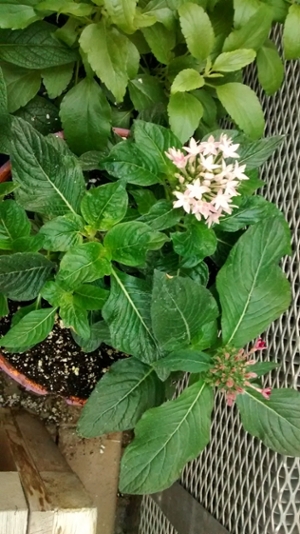
Fun Facts
Pentas is one of the best butterfly-attracting plants around. Pentas develop sparkling star-shaped flowers all summer long in bold hues of red, white, lavender, purple, or pink that attract butterflies by the dozens as well as hummingbirds.
Care and Feeding
Pentas are low maintenance plants. Provided they get plenty of water, sunshine and heat, they will perform beautifully and reward you with an abundance of blooms. Deadhead Pentas flowers to encourage more blooms. Young Pentas plant care should include pinching off the stem ends to force a more compact plant. Fertilize in spring with a slow-release granular fertilizer. Mulch around in-ground plants to conserve water and repel weeds.
Read more at Gardening Know How: Growing Penta Plants: How To Care For Pentas https://www.gardeningknowhow.com/ornamental/flowers/pentas/growing-penta-plants.htm
Heliotrope
Fun Facts
You have adopted a Heliotrope plant. The word Heliotrope means "follow the sun" in Latin because its flowers and leaves turn toward the sun during the day. Your plant is also called a cherry pie plant because its lovely purple flowers smell like cherry and vanilla, but don't eat it! Heliotrope is poisonous for people, not for butterflies.
Care and Feeding
After all danger of frost, plant your Heliotrope outside. It likes full sun in the morning and some shade in the late afternoon. Heliotrope appreciates rich fertile soil and regular watering. Pinching back the main stem will make the plant fuller, with more flowers. It won't hurt the plant!
Lantana

Fun Facts
Lantanas have lovely blossoms that attract butterflies. The color of the flower changes as it ages, which is very pretty. In some countries, Lantana is an invasive species, but Lantana cannot survive a Michigan winter. They are not hardy like you!
Care and Feeding
Plant Lantana outside after all danger of frost, around the middle of May. Your Lantana plant likes bright sun, it doesn't mind being hot! Lantanas don't like to have their feet wet all the time, so let the soil dry out between watering. Remove the dead/faded flowers to keep your plant blooming all summer long!
Marigold
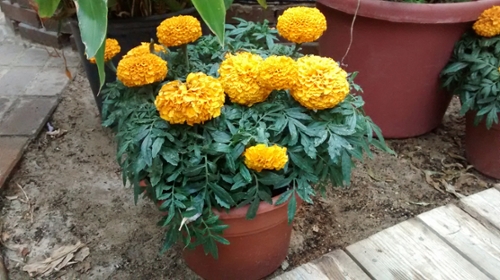
Fun Facts
Marigolds are prized flowering plants because their blossoms are so bright and sunny. They come in all shades of orange and yellow. The petals of the Marigold flower have been used to color food, clothes and even fed to chickens to color the yolks of their eggs!
Care and Feeding
Plant your Marigold outside after all danger of frost has passed. They like a bright sunny spot in the garden with well-drained soil, soil that does not hold a puddle after a good rain. Water your Marigold once a week if the soil is dry. To keep your Marigold blooming nicely all summer, remove any dead/faded flowers. And watch the butterflies flock around!
Petunia
Fun Facts
The Petunia was originally found in South America and is closely related to the tomato and chili pepper. They are easy to recognize by their trumpet-shaped flowers and "hairy" leaves. Petunias are popular garden plants because they are easy to grow, bloom all summer long and attract butterflies.
Care and Feeding
Plant Petunias in well-drained soil in full sun after the last spring frost, around Mother's Day. Petunias like to be sheltered from the wind. To keep your plant blooming and looking its best, make sure it gets a good watering once a week and remove faded/dead flowers.
Verbena
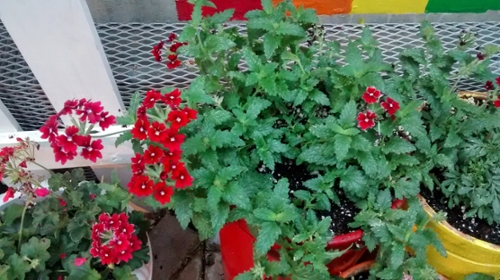
Fun Facts
Verbenas are grown for their remarkable ability to bloom from spring until late summer. Long ago the Verbena was thought to have magical properties. Today we know that they attract butterflies to your garden, and isn't that a lovely bit of magic?!
Care and Feeding
Verbenas do not require a lot of attention. After all danger of frost, plant your Verbena outside in full sun. They like at least eight hours of sunshine every day. Water them only when they are quite dry and remove dead/faded flowers to keep your plant blooming all summer long.



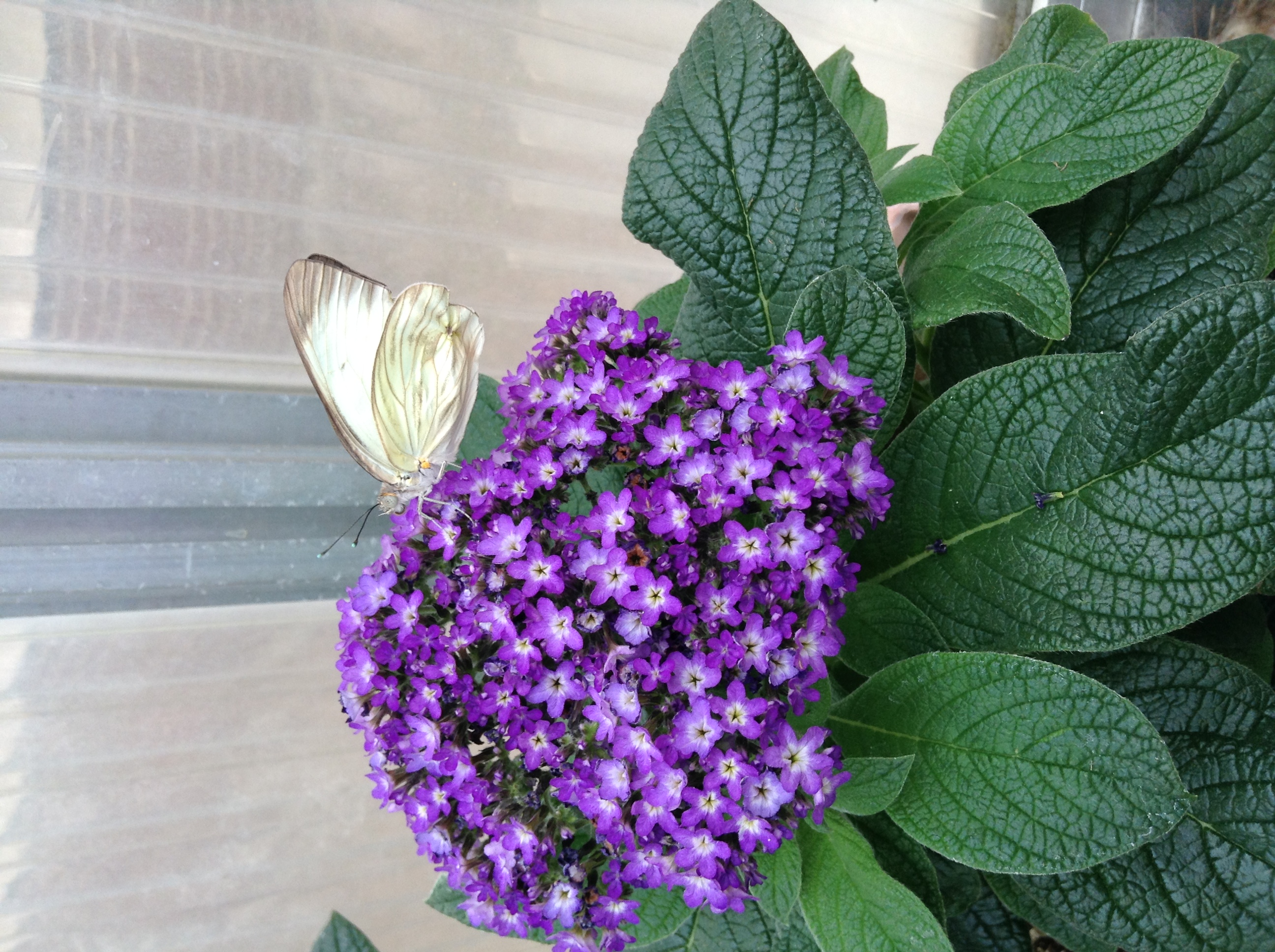
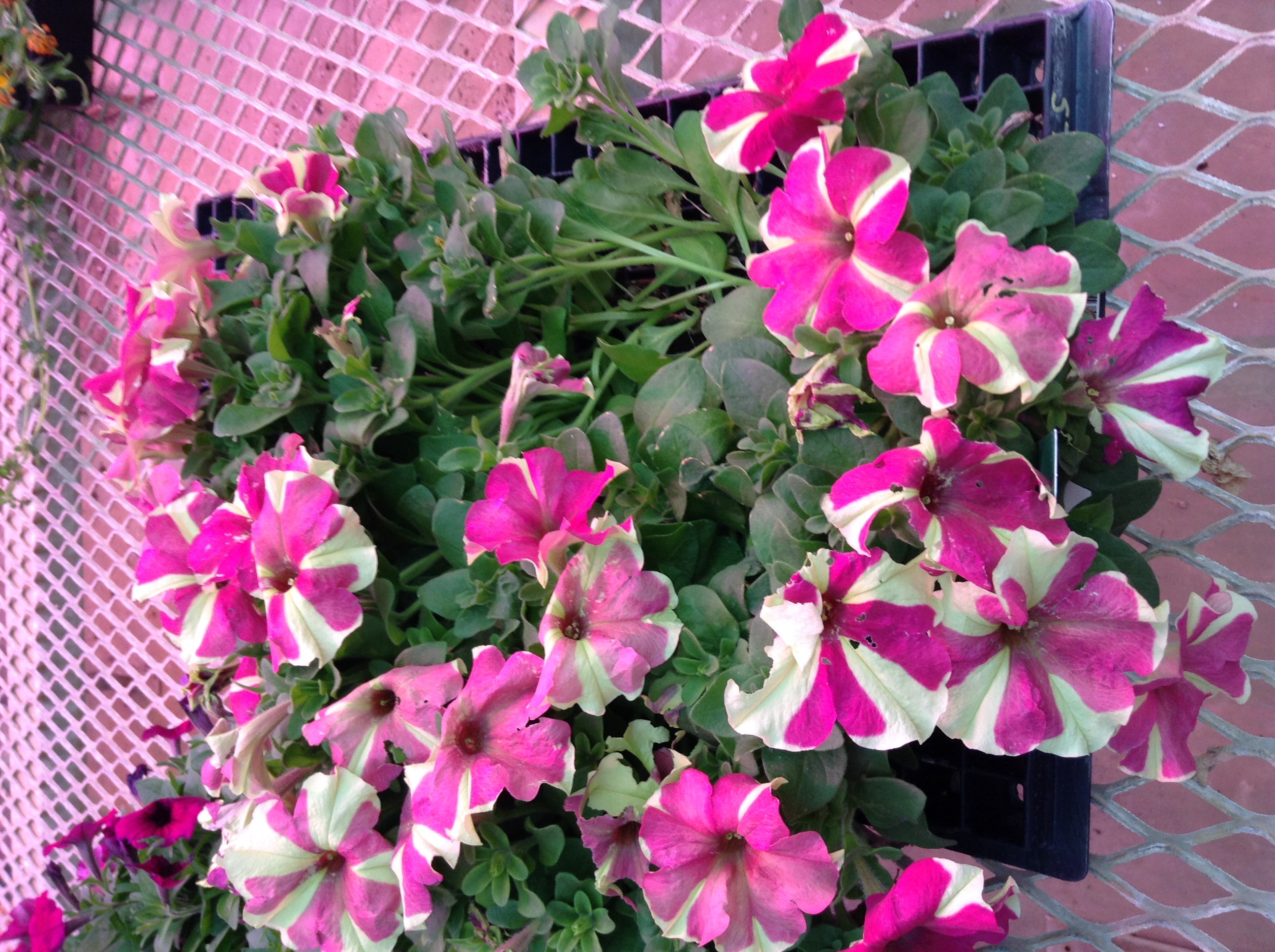
 Print
Print Email
Email